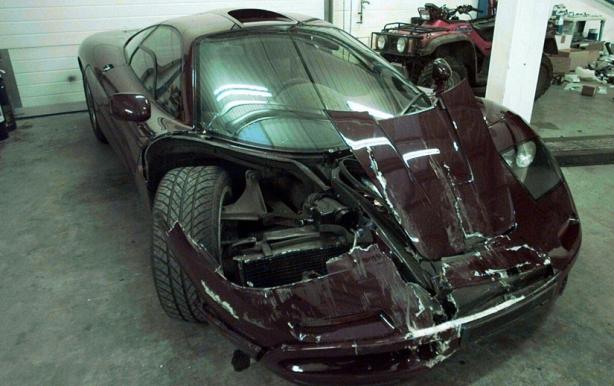
The collapse of another offshore motor insurer recently in Enterprise served as an unfortunate, but for me unsurprising, indication as to the current state of the UK motor market.
The fallout follows bleak analysis from both Deloitte and EY published last month concerning the ongoing profitability of the UK motor market.
The former predicted an increase in insurers’ Net Combined Ratio to 104% in 2016 from 102% last year.
EY’s forecast for an industry NCR in 2016 of 101.1%, was slightly more optimistic but it was at pains to signpost reserve releases of 10.8% – the second highest in three decades – that were masking true performance.
As the CEO of a specialist insurer that only trades motor insurance I find the ongoing acknowledgement (even acceptance?) of insurer failure and motor as a perennially loss-making class difficult to reconcile from a capital providers perspective.
Erosion
The UK motor insurance market is valued at £15bn GWP.
In a Solvency II world such a capital intensive risk class carries a capital intensity ratio of say 40%, which equates to more than £6bn of capital supporting this premium.
At an aggregate market level, on the face of it, this capital is being eroded, never mind earning any return.
Having been in motor insurance for more than 20 years, I know that there are other things going on here. For a start the market average hides a wide range of performance.
Other reasons; carrying the lion’s share of corporate overhead, cross subsidising other lines, access to customers giving an opportunity to cross sell other lines, up-sell, add-ons etc.
Legacy
But from a capital providers prospective these “other reasons” to continue to write motor must be wearing thin.
The prospect of investment income “saving the day” looks remote, the risk to add-ons from regulatory change is real, and the opportunity to adapt to a digital world is often hampered by unwieldy and costly legacy IT.
Of course I wish on behalf of ERS I were talking from a position of strength.
Our combined ratio for 2015 was 99.8%, but that puts us in the top quartile!
ERS has already addressed the IT challenges, and we believe we have the initiatives in place to further drive down claims and expense ratios.
Fallout
But my experience has often been that initiatives get competed away for growth rather than profit.
Turnover is vanity, profit is sanity. Capital providers understand that.
I wonder how much patience they have left with managers and boards that don’t seem to get it?
The fallout from the Enterprise failure is significant for customers, brokers and insurers alike.
Let’s hope there are no more – but I’m afraid that is pretty long odds in my view.
Ian Parker is CEO of ERS

